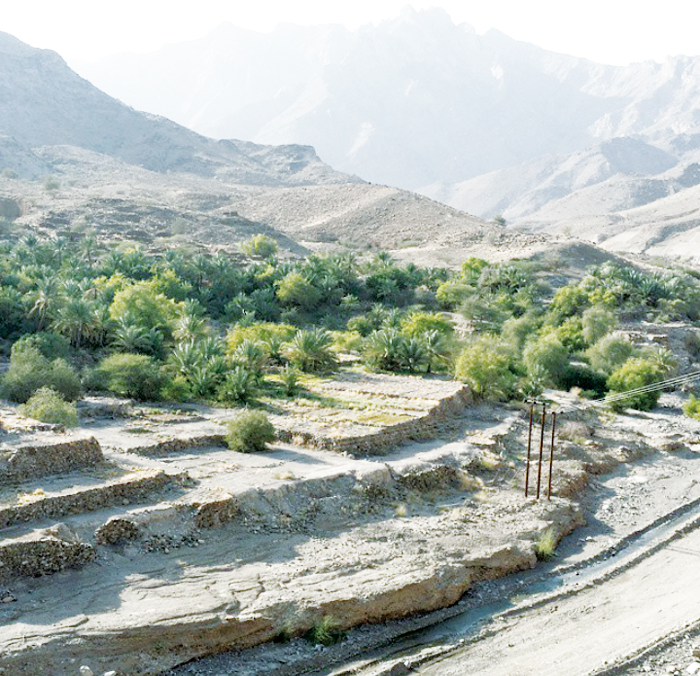

Only a couple of hours and around 200 kilometres away from the city of Muscat, Wadi Shafan is located in the Al Batinah North Governorate of Oman. This governorate is popular amongst visiting tourists and others for various reasons like its forts, castles and even hot springs! In the midst of these numerous tourist destinations, is the lesser known Wadi Shafan. Consisting of many gorges, valleys and peaks, the area is filled with little-hidden gems perfect for a getaway from the hustle and bustle of everyday life.

The valley attracts tourists from all around the country and the world to its natural wonders and remains of Oman’s past. Out of the many other places to see in the area, the best known is the valley of Al Qahfah, as well as Al Zulaylah, Wadi Al Hill, Wadi Al Muhaddam and the many other lesser known ones. Like other parts of the country, areas with abundant water also have more settlements and this is true in this case too, the main villages in the governorate are Al Oqli Village, Safa village, Biyaq Village, Al Ghashin village and Al Baraha alleys. As is popularly known about the governorate, Wadi Shafan like its surroundings is also home to artefacts, ruins and legends of events that tell the story of Oman’s part and setting the scene for the rich heritage and traditions of Oman that we witness today.
This is the valley that is mentioned in the context of an ancient trade corridor, a path that famously linked the areas of Al Batinah and Al Dhahirah used primarily to maintain the trade relations of the two neighbouring governorates.
Wadi Shafan is also home to physical mementoes left from olden times. One fascinating chunk of history that just about stands today is the ruins of what used to be the souq in the area. Although not much is known, from the structures and the artefacts found, it seemed as though this was the local market and trading space. In the surrounding area of the old souq, also found was remains of ancient pots that have been estimated to be over 300 years old.
A local tradition that is still practised in the governorate is beekeeping and honey production. Omani honey is known for its quality around the governorate and this is one of the few places that still practices traditional beekeeping. Beekeeping and honey making go hand in hand since the first men started using the excess honey produced by the bees and used it as a natural sweetener.
Honey is an all-natural product that is known for its medicinal and health-related uses along with tasting delicious! The importance of bees and their function in the ecosystem has now become strongly intertwined with human populations to the extent that these two very different species are almost co-dependent.
With beekeeping, a benefit reaped by the governorate is better cross-pollination and more fertile, fruit-bearing plants and trees. This with the added abundance of water in the governorate, the area is a fertile haven and since the first settlement, agriculture has been the main occupation here. Wadi Shafan is known to produce a large variety of crops like dates, lemons, bananas and various other seasonal fruits and vegetables. Even today, the youth of Wadi Shafan still follow in the footsteps of their ancestors and continue the tradition of farming and beekeeping.
With the support of the government of Oman and the Al Batinah North Governorate and the attention of the Ministry of Transport and communications, the development of better’s roads, more awareness and development of tourist attracts are in way to make the lives of the people from the area better along with making this hidden gem more popular amongst tourists. Wadi Shafan can be reached by road, it is around 200 kilometres away from the capital city of Muscat. Online GPS navigators can also be helpful, the coordinates to the area are 24°2’53” N and 56°58’37” E.
Siham Al Saidi & Titash Chakraborty
Oman Observer is now on the WhatsApp channel. Click here



